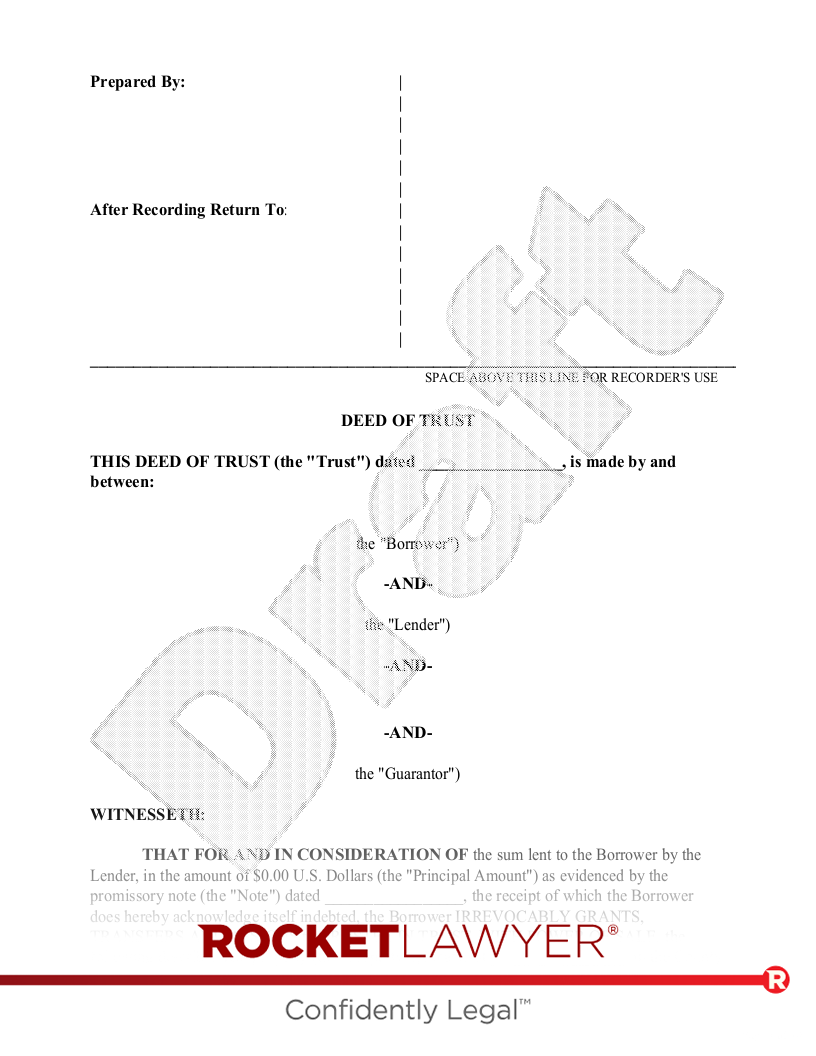Securing a home loan is a pivotal step in the journey towards homeownership, often involving the navigation of complex legal agreements. Among these, two terms frequently surface: deed of trust and mortgage. While both serve as security instruments, ensuring the lender can reclaim the home if payments are not made, they are distinct in their legal structure and processes. Understanding the difference between these two is not just legal minutiae—it has practical implications for homeowners, particularly concerning the foreclosure process.
The confusion often arises because the outcome—allowing the lender to seize the property if the borrower fails to make payments—is common to both. However, the pathways to this outcome differ significantly. The term “mortgage” is broadly used in conversation to describe a home loan, but in the legal sense, it refers specifically to a two-party agreement between lender and borrower. Conversely, a deed of trust involves an additional party, the trustee, who holds the property’s title until the loan is repaid. This seemingly minor difference influences the steps required for foreclosure, affecting the speed and complexity of the process should borrowers default on their loans.

- Map showing states where deeds of trust and mortgages are used. Source: Kacie Goff – bankrate.com
A deed of trust is a unique legal arrangement that includes three parties: the borrower, the lender, and a trustee. The trustee, often a title or escrow company, holds the actual title to the property until the loan is fully repaid. This arrangement provides an expedited route for lenders to recoup their funds if the borrower defaults, bypassing the judicial system in states that allow for non-judicial foreclosures. For borrowers, this trilateral agreement means that the foreclosure process can move swiftly, sometimes concluding in a few months, thereby reducing the window to catch up on late payments.
In contrast, states that recognize traditional mortgages require the lender to pursue foreclosure through the courts. This judicial process is generally lengthier and can extend over a year, granting borrowers more time to rectify their financial situation. The mortgage, a two-party agreement, does not involve a third-party trustee, meaning that the lender bears the burden of legal action to enforce the agreement. Thus, while the end goal of reclaiming the property is the same, the route taken by deeds of trust and mortgages diverges significantly.

- Example of a promissory note involved in the deed of trust process. Source: Kacie Goff – bankrate.com
The core differences between a deed of trust and a mortgage boil down to the number of parties involved, the foreclosure process, and the timeframe for foreclosure. While a mortgage involves direct interaction between lender and borrower, a deed of trust introduces a third party to hold the title, potentially simplifying and accelerating foreclosure for the lender. This is not merely a technical difference; it impacts the strategies borrowers and lenders might employ if repayment becomes challenging. Additionally, the choice between using a deed of trust or a mortgage largely depends on state law, which prescribes the legal framework for real estate transactions and foreclosures.
For homeowners, the distinction matters most when facing financial difficulty. Those with a deed of trust might find themselves with less time to avoid foreclosure, given that non-judicial foreclosures can proceed without court intervention; those with a mortgage might benefit from a longer process, offering more opportunity to catch up on payments. Recognizing which agreement governs your home loan is thus critical for understanding your rights and options in tough times.

- Illustration of the foreclosure process under different home loan agreements. Source: Kacie Goff – bankrate.com
Determining whether you have a mortgage or a deed of trust starts with a review of your closing documents. These forms, provided during the loan closing process, clearly state the nature of your agreement. If unclear, contacting your lender or consulting with a legal professional can provide clarification. State laws play a pivotal role in shaping these agreements, influencing everything from the foreclosure process to the obligations and rights of all parties involved. Therefore, understanding your state’s legal landscape is essential for navigating your home loan confidently.
For potential home buyers and current homeowners, comprehending the distinction between a deed of trust and a mortgage can offer peace of mind and prepare you for the responsibilities that come with borrowing a significant sum. More importantly, it empowers you to take informed actions, especially in challenging times. Whether reviewing your closing documents or planning for the future, knowledge of these differences ensures you are well-equipped to manage your home loan successfully.
